Dolphins Attempting Murder On Baby Manatees And Scientists Are Stumped
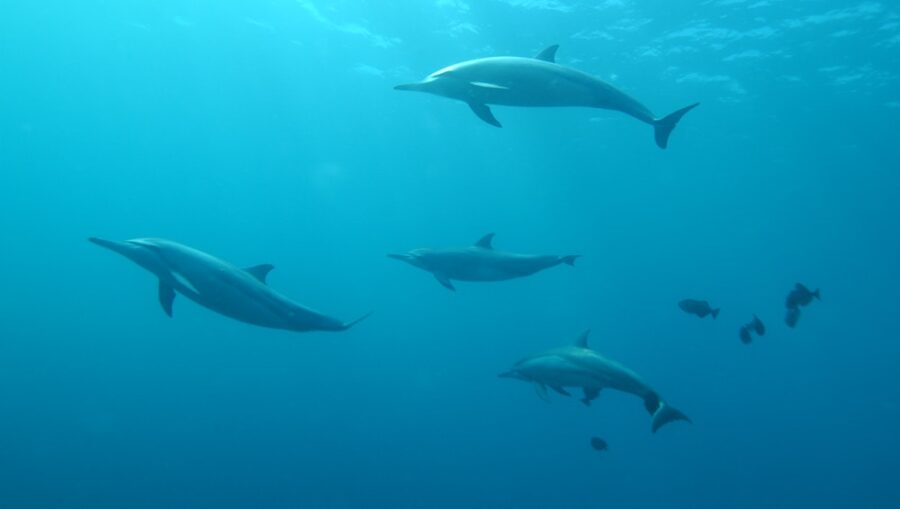
Scientists have recently documented several instances of bottlenose dolphins attacking the calves of their cousin species, the manatees. The aggressive behavior has previously been observed 10 times over the past two decades, with a significant rise in occurrences within the last eight years, according to a recent study published in the journal PLOS One.
10 Cases, One Death So Far
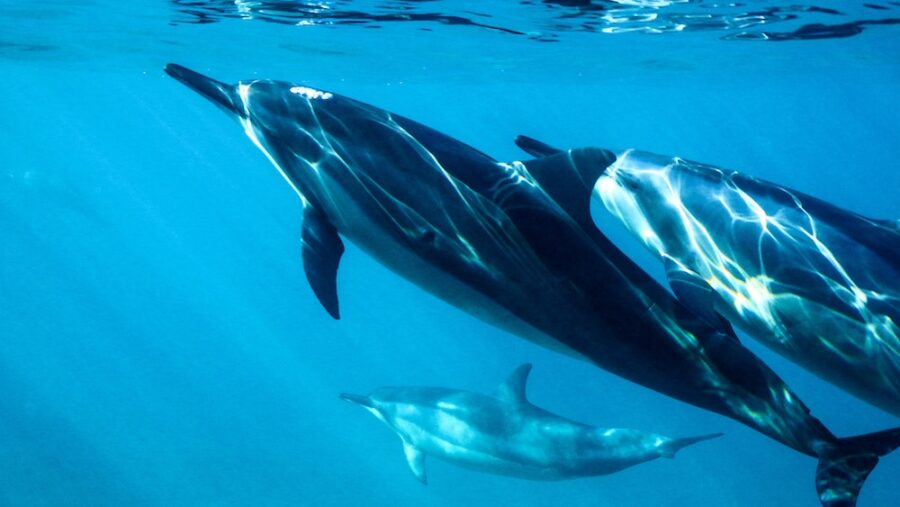
In the most recent incidents, bottlenose dolphins were found targeting orphaned manatee calves and those still accompanied by their mothers along the coast of Belize in the Caribbean Sea. The interactions, ranging from calm swimming to aggressive biting and hitting, left many manatees injured, with rake marks from the dolphins’ teeth. One manatee calf tragically died from its infected injuries.Eric Angel Ramos, a researcher at the Fundacion Internacional para la Naturaleza y la Sustentabilidad, shared some insights on the observed interactions. He reported ten cases, with four involving manatee babies recovering from dolphin bite marks. These attacks were concentrated between 2015 and 2020. “There were seven interactions we saw between dolphins and baby manatees,” Ramos said.
“Four that we found with bite marks, with one that we saw interacting with dolphins and found with bite marks,” Ramos continued. “Two of them we saw with a drone were manatee mothers with their calves. In all other cases, the manatees were orphaned and not found with mothers. We can’t say for sure how many were actually injured,” he added about the dolphins’ attack on manatees.
May Not Be Intentionally Harming The Manatees
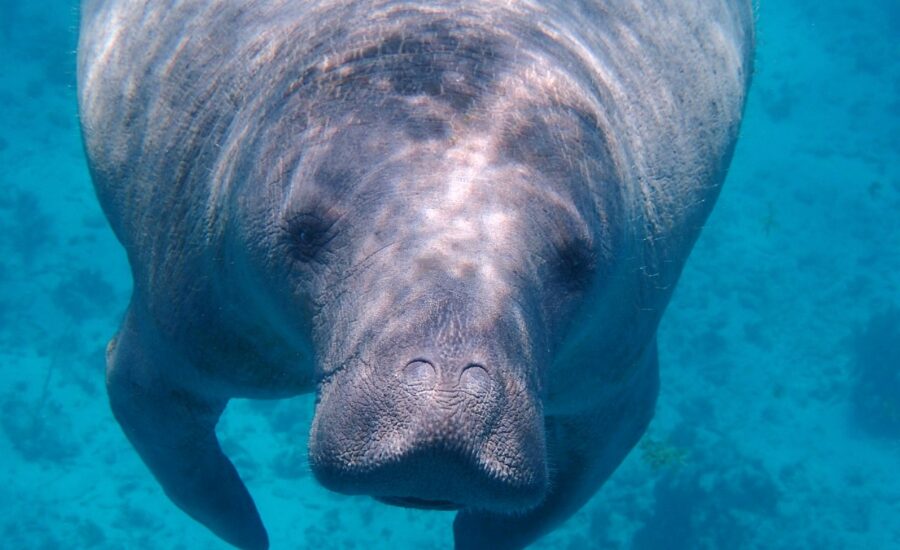
Bottlenose dolphins are known for their high level of intelligence and complex social structures, often living in large pods. While many of their interactions with manatees resulted in injuries, scientists remain uncertain about the dolphins’ true intentions. Instances of dolphins swimming alongside and pushing a calf toward the surface are often how they attempt to care for the young.Ramos also noted that dolphins play rough among themselves, using bites and tail hits during socialization, mating, or play. As such, the researchers cannot conclusively determine if the dolphins intend to harm the manatee calves or if their behavior is a byproduct of their rough play. This peculiar behavior is not entirely unprecedented in the marine world.
Agression Towards Other Sea Life
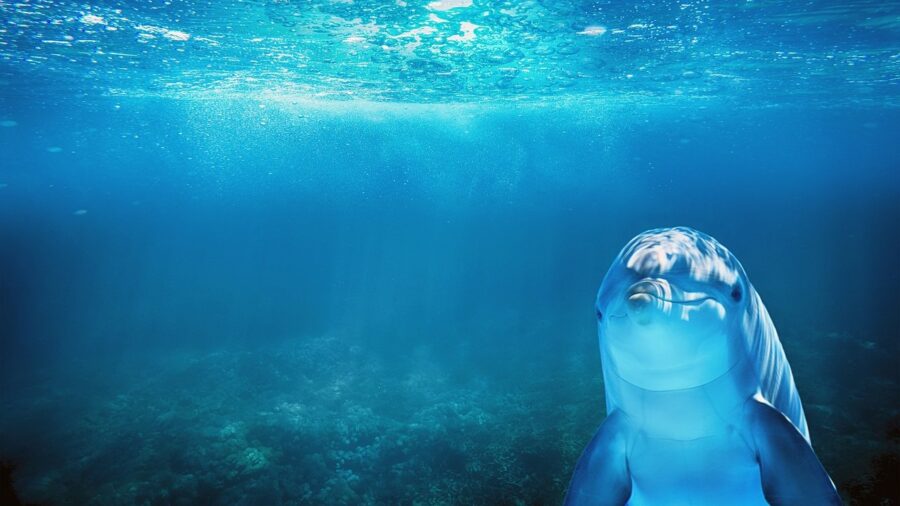
Ramos highlighted similar incidents involving dolphins interacting with other species, including instances of bottlenose dolphins killing porpoises in the U.K. and along the California coast. Additionally, the dolphins’ aggression towards manatees might stem from a perception of them as competitors for food or resources.
Unraveling The Behavior
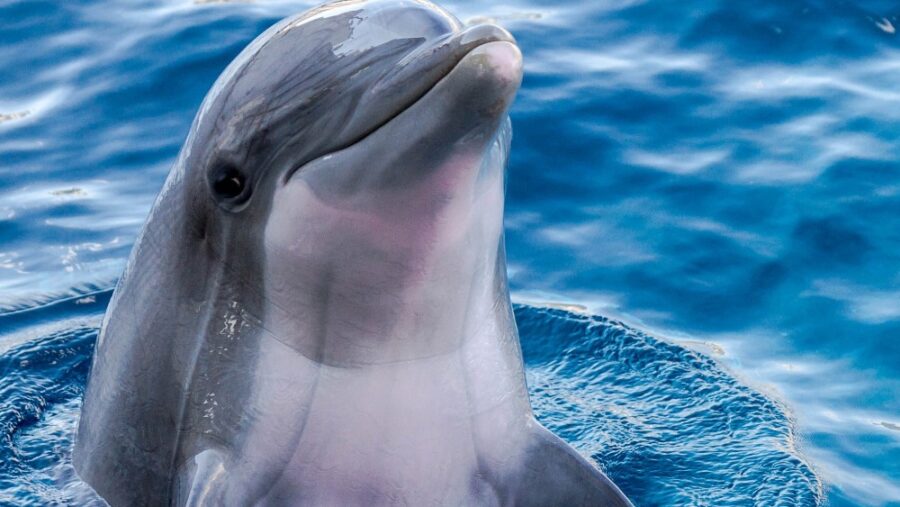
For now, the primary goal is to unravel the complexities of these strange interactions to gain insight into why dolphins are exhibiting such aggressive behavior towards their manatee cousins. This will involve ongoing studies using drones for aerial observation, photo identification, and acoustic recorders to monitor dolphin and manatee behaviors and communication.
Bottlenose Dolphins And Human Interaction
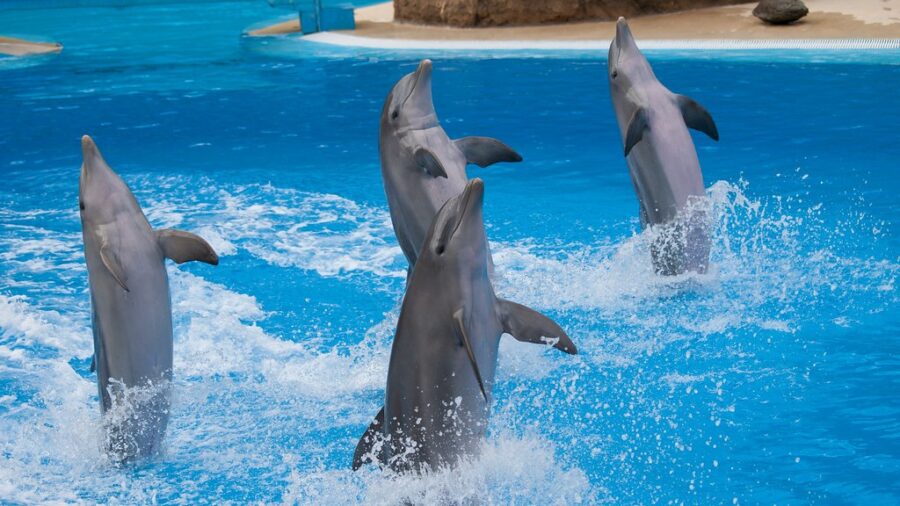
Bottlenose dolphins are one of the most well-known and widely studied dolphin species. They live in social groups called pods, consisting of a few individuals to over a hundred members. These pods are dynamic and may change in size and composition. Dolphins communicate using a mix of body language, vocalizations, and echolocation. They produce a variety of clicks, whistles, and pulsed sounds for communication and navigation.Bottlenose dolphins are known to approach boats and ships, ride the bow waves, and interact with humans. This has led to the development of dolphin-watching industries in many coastal regions. There have even been instances of dolphins helping humans in distress at sea, guiding lost swimmers back to shore, and protecting people from potential threats.Source: Newsweek












